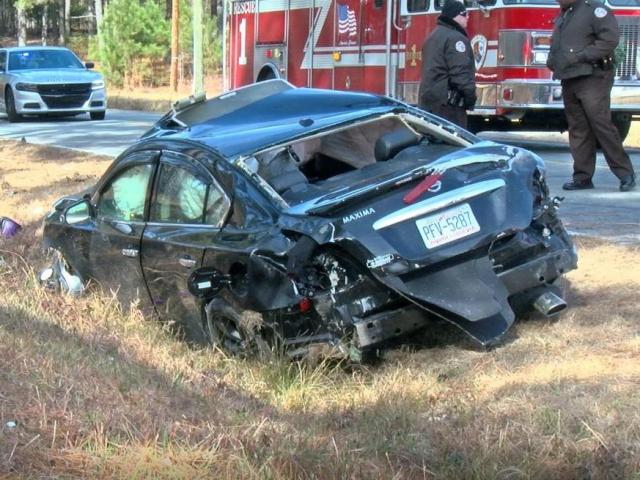In 2014, the U.S. Department of Transportation reported that an overall of 32,675 individuals passed away in motor vehicle mishaps or quickly afterwards as a result of injuries suffered from those mishaps. This recent quote of fatalities was tied to over $242 billion bucks of taxpayer expenditure for annual economic ramifications of these deadly crashes. The high death toll of crashes is attributed to impaired driving, speeding, non-use of seat belts, sidetracked driving as well as other negative driving actions. Sadly, negative actions are the common measure in these deaths, no matter accurate activities.
Regarding 28 percent of motor vehicle crash fatalities in 2014 were shown to be caused by speeding. Speeding up has actually been the attributed variable for 30 percent of accident deaths considering that 2005. The meaning of speeding when it concerns automobile accidents consists of accidents where the driver was ticketed for excess of speed or as a result of behaviors such as driving too fast for roadway or climate condition, competing or blatantly going beyond uploaded speed limitations.
Surprisingly, interstates and also highways where speed limitations are higher are not always where the threat exists, or where most crashes from this cause happen. In 2014, rate associated vehicle mishap fatalities occurred much more often on small roads. 35 percent of these harmful high-speed car mishaps occurred on roads that were not freeways. Interstates and highways were the scene of only concerning 29 percent of lethal mishaps criticized for rates as well as other major roadways with high published limits were the website of only 25 percent of car accident deaths.

About half of the speed related deaths of 2014 occurred on roadways with legal limits of less than 55 miles per hour. These slower paced roads resulted in 9,262 relevant deaths.
Yet the Insurance Policy Institute for Highway Security (IIHS) condemns more harmful accidents on enhanced restrictions. Scientist attributed 1,900 fatalities in 2013 on roadways with higher speed limitations. They declare these fatal accidents counterbalance lives saved by airbags during the exact same year. Learn more about Semi-Truck Safety from this link.
Vehicle Mishaps as a result of Broadband Restrictions prevail
According to researches, speeding is a factor in regarding one-third of all auto accident. It is a typical incident as an auto crash lawyer to see these kinds of associated accidents. However, individuals check out crash reports and see on the news the amount of crashes often as well as never get utilized to the number of people wounded because of the negligence of a speeding motorist.
Despite the wealth of proof pertaining to high-speed restriction related car crashes, states and lots of cities remain to enhance road rate limitations, assuming automobile safety and security technologies suggest that vehicle drivers can drive at higher speeds without better risk.
Some states include speed limitations as high as 80 miles per hr, while others impose slow restrictions of as low as 5 miles per hour. These restrictions are regularly being challenged by the public as well as altering to meet a seeming need for speed.
Since 2005, over one dozen UNITED STATE states have raised their statewide speed restrictions. While it was just a couple of years ago that “Drive 55” was a national highway travel security marketing motto, many highways today can utilize a slogan of “Drive 75,” with others able to declare “Drive 85” as a way to advise drivers of local rate limitations. This is a significant adjustment in a really short time period.
Such adjustments are typically because of nothing greater than antique peer pressure, according to the Governor’s Highway Security Organization. When one state increases its rate and also citizens applaud the modification, surrounding states follow suit. Sadly, this happens regardless to effects of speed-related mishaps. Our guidance, be mindful of your rate restriction and also keep in mind to be sharp of others around you.




